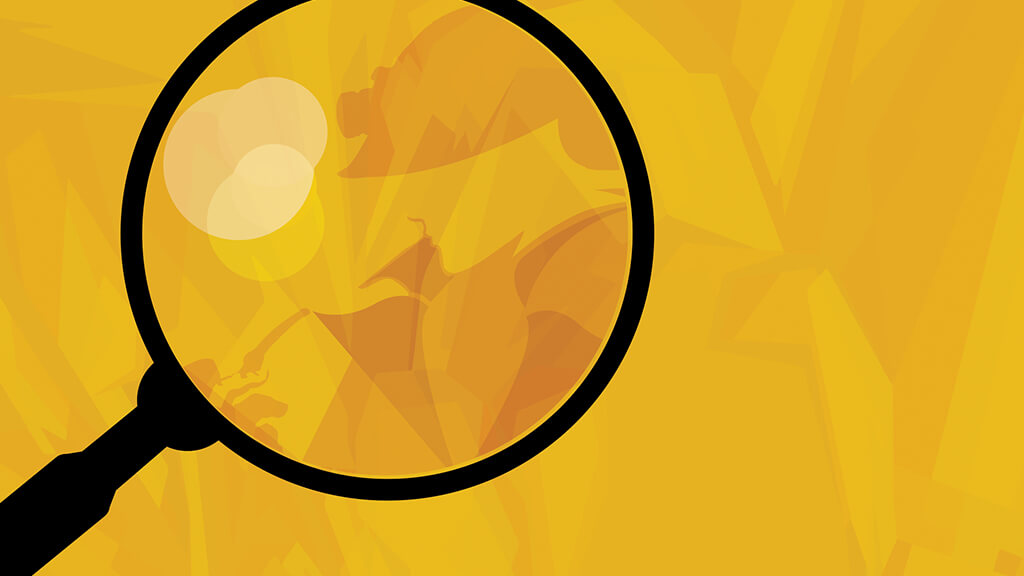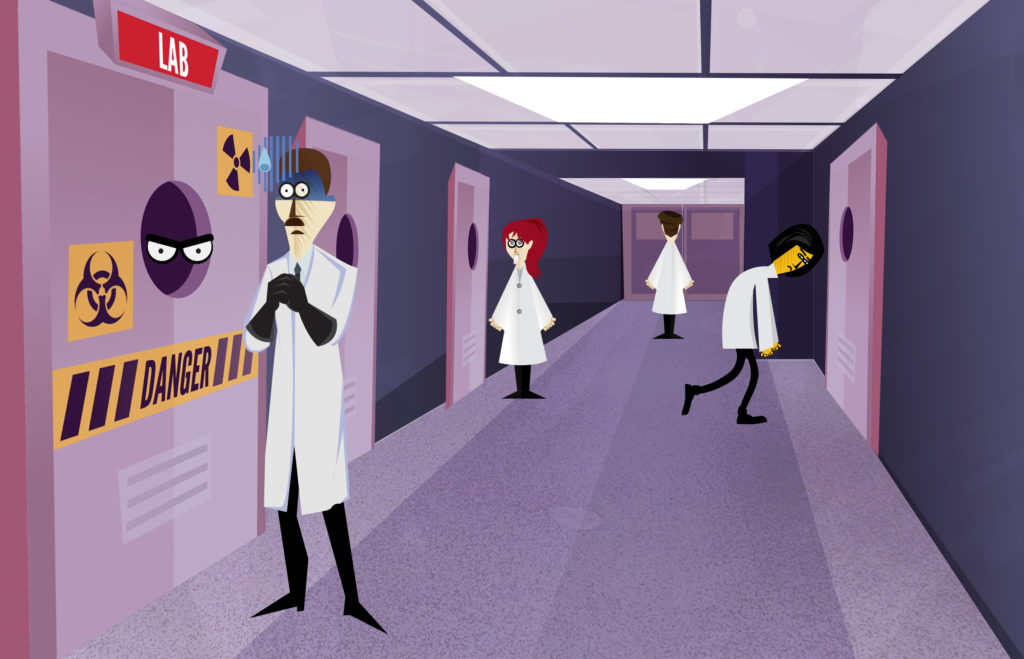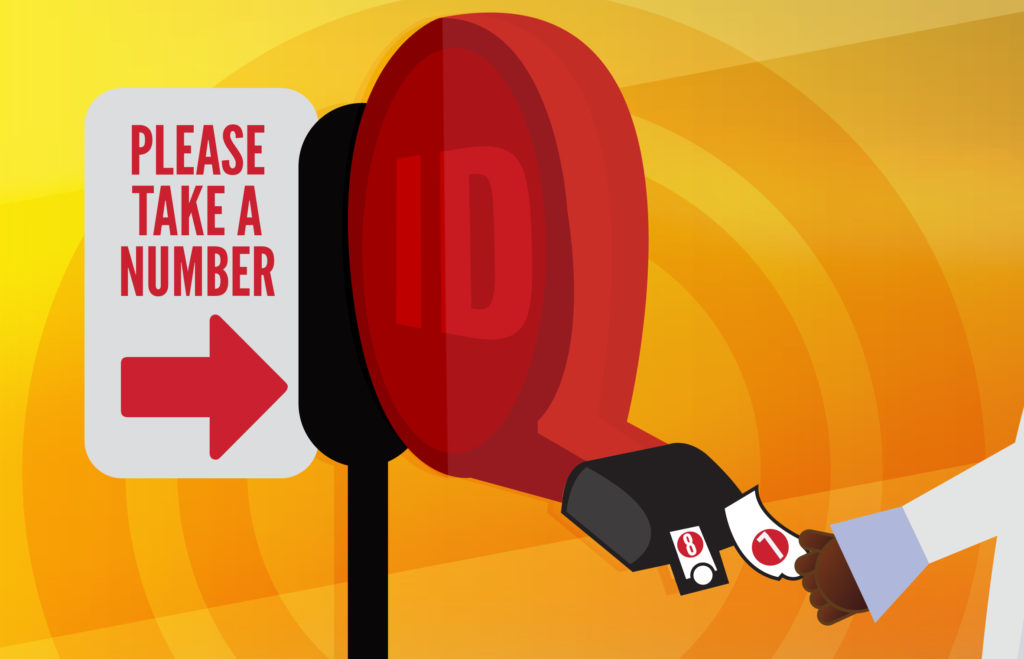Plagiarism is the use of someone else’s words, ideas, or visuals as if they were your original work. Unintentional plagiarism is plagiarism that results from the disregard for proper scholarly procedures. It’s much easier to commit than one would think, and it has toppled giants in the research enterprise.
From 2007-2020, the National Science Foundation made 200 research misconduct findings, of which 78 percent were related to plagiarism. Here are some do’s and don’ts that will help you avoid unintended plagiarism, a potentially career-killing misstep.
Don’t paraphrase without citing
According to a study of 63,700 students, Rutgers University Business School found that 36% of undergraduates admit to “paraphrasing/copying few sentences from Internet source without footnoting it.”
Don’t forget to add the quotation marks
And don’t forget to properly cite your sources at the end of the paper even if you used any in-text or footnote citations to give proper credit to the primary author.
Don’t copy and paste placeholders
You mean to go back and rewrite it in your own words but are liable to forget or run out of time. (More on this later.) If you copy and paste from a previously published paper of your own, it’s not research misconduct, but it is considered bad practice if you don’t cite it. This is called self-plagiarism.
Do make sure your hypothesis or subject is your own
Plagiarism of ideas occurs when a researcher appropriates an idea, such as a theory or conclusion — whole or in part — without giving credit to its originator. Acknowledge all sources!
Peer review is supposed to be confidential, and colleagues put their trust in each other during this process, assuming there will be no theft of ideas. Once the paper is published in a peer-reviewed journal, it should be cited.
Do use direct quotes
But quoted material should not make up more than 10 percent of the entire article.
Failure to use your own “voice” or “tone” is also considered plagiarism, or could be construed as plagiarizing, depending on how unique the author’s voice is. When there is an excessively unique turn of phrase, use quotation marks and cite (if in doubt.)
When paraphrasing, the syntax should be different enough to be considered your own words. This is tricky because you need to understand the primary work in its original language in order to reword it without just moving words around. In other words, no shuffling words!
Do cite facts widely acknowledged to be true (just in case!)
If it’s something that is generally held within your discipline to be true, or it’s a fact that can be easily looked up – like the year a state passed a certain law – there’s no need to cite “Google” or any generic platform, but it’s better to be safe than sorry. Someone reading your work might not have a background in your discipline.
Do run your paper through a plagiarism-detecting tool
Some options are www.turnitin.com or http://www.ithenticate.com.
Sanctions
There are consequences for plagiarizing another’s work. If you’re a faculty member, the sanctions could affect your career. For instance, according to retractionwatch.com, a prominent researcher and university leader was recently found to have engaged in misconduct. Terry Magnuson was accused, and later admitted to, plagiarizing unintentionally.
In an open letter to his university colleagues, Magnuson wrote a startlingly candid statement: “You cannot write a grant spending 30 minutes writing and then shifting to deal with the daily crises and responsibilities of a senior leadership position in the university, only to get back to the grant when you find another 30 minutes free.”
He goes on to say: “I made a mistake in the course of fleshing out some technical details of the proposed methodology. I used pieces of text from two equipment vendor websites and a publicly available online article. I inserted them into my document as placeholders with the intention of reworking the two areas where the techniques —which are routine work in our lab — were discussed. While switching between tasks and coming back to the proposal, I lost track of my editing and failed to rework the text or cite the sources.” Taking responsibility for this oversight, he resigned.
And that brings us to the Big Idea…
The Big Idea
The one thing that trips up even the most seasoned writers is having enough time to properly cite all one’s sources. Give yourself a few extra days (weeks?) to finish your paper and have a peer read it over with any questionable facts or quotes that might need to be cited more appropriately.
Funding agencies take plagiarism very seriously. For instance, the NSF provides prevention strategies by implementing a pre-submission process, and is also attempting to make plagiarism detection software available.
You also may want to take advantage of resources in your university’s library or writing center. There are also several tools to help you organize your citations; one called RefWorks will keep track of your sources as you write in-text citations or footnotes.
Based on a workshop given by Penny Maher and Laura Gutierrez at the University of Houston; Senior Research Compliance Specialists at the University of Houston.



